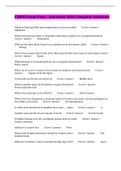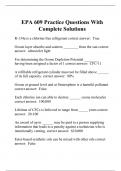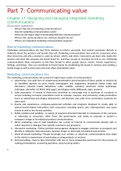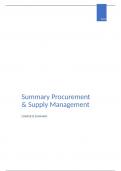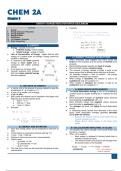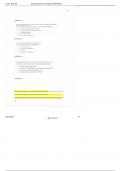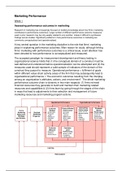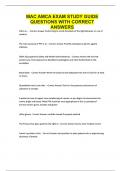Router - manages IP addresses of local machines and connects you to an outside network, transfers data between two or more networks
Switch - connects local machines to each other in a local level, Acts like a traffic signal of data packets on a network, receive data and send to intend nodes on SAME network (replaces hub)
NIC (Network interface card) - An expansion card that enables a computer to connect to
other computers or to a cable modem to facilitate a high-speed internet connection.
Wifi (wireless fidelity) - the standard for wireless ethernet networks
Cat 6a - cable designed for ultrafast ethernet networks that run at speeds as fast as 10Gbps, FASTEST
Cat 6 - cable designed to achieve data transfer rates that support a gigabit ethernet network
Cat 5e - cable designed for 100Mbps-wired ethernet networks that were popular before gigabit ethernet networks became the standard, SLOWEST
LAN - Local area network; a network in which the nodes are located within a small geographic area
WAN - Wide area network; spans a large physical distance (Ex: the internet b/c spans entire globe)
802.11 - standard used for routers to connect to a computer
ARP (Address Resolution Protocol) - Knows the next hop's hardware/MAC address (used at the local level)
HTTP - The protocol that allows files to be transferred from a web server so that you can see them on your computer by using a browser
SMS - technology that enables short text messages (up to 160 characters) to be sent over mobile networks MMS - Multimedia Message Service, a service that allows users to send messages that include text, sound, images, and video clips to other phones or e-mail addresses
GPS - Global Positioning System; a system of 21 satellites (plus 3 working spares), built
and operated by the U.S. military, that constantly orbit the earth. The satellites provide information to GPS-capable devices to pinpoint locations on the earth
VOIP - Voice over internet protocol; turns a computer into a phone (ex: skype)
TCP - delivers messages in order and reliably (ex: emails, web browsing, etc...); part of the transport layer of the protocol stack
UDP - Fast but non-guaranteed transfers of messages (ex: VOIP, music streaming, etc...); part of the transport layer of the protocol stack
Network Protocol - defines the FORMAT and the ORDER of messages exchanged between 2+ communicating entities as well as the ACTIONS taken on the transmission and/or receipt of a message or other event
Application layer (HTTP) - turns the typed url into a get request
Transport layer - breaks messages into segments
Network layer (IP) - Routing of datagram from source to destination; addresses each packet so that it can traverse the network from the sender to the destination; the source is the IP address. Each packet is given a source ip, a destination ip, and a data part
Link Layer (Ethernet/LAN) - Data transfer between neighboring network elements; Addresses each IP packet with hardware/MAC address so that it will be delivered to the next hop
MAC address - The physical address of an individual device, which is stored on the NIC
Physical layer - bits "on the wire", actually sends the data across the network. The other
layers get the data ready to be sent
The protocol stack - collection of protocols implementing a series of layers; Traverses these layers: application > Transport > Network > datalink > physical
Traverse - Goes from top-down or bottom-up
Collision on wired Ethernet networks - occurs when 2 stations transmit at the same time; resolved by the stations waiting a short pseudo-random time interval to retransmit

